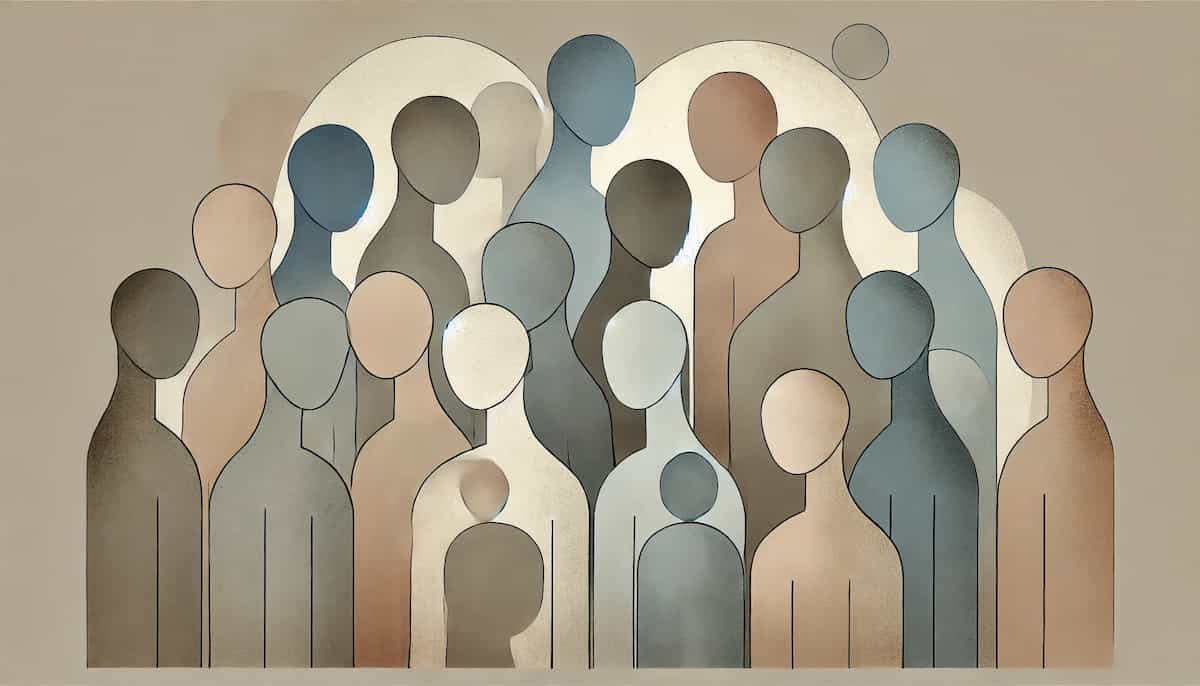The Milgram Experiment is one of the most renowned and controversial psychological studies of the 20th century.
This article explores its background, methodology, results, and impact on psychology, ethics, and society.
The Origins of the Milgram Experiment
Context and Purpose
In the early 1960s, Stanley Milgram, a psychologist at Yale University, sought to understand the mechanisms of obedience to authority.
He was influenced by the atrocities of the Holocaust, where ordinary individuals participated in horrific acts under authoritarian orders.
Milgram’s central question was: “How far would people go to obey instructions from an authority figure, even if those instructions caused harm to others?”
The study aimed to explore the relationship between obedience and personal responsibility.
How the Milgram Experiment Worked
Methodology
Milgram recruited participants by advertising for a study on “memory and learning.”
The participants were assigned the role of “teacher,” while a confederate of Milgram posed as the “learner.”
The learner was placed in a separate room, connected by audio, and strapped to a chair to simulate receiving electric shocks.
Participants were instructed to administer increasingly severe shocks to the learner for each incorrect answer on a memory test.
The shocks were fake, but the participants were unaware of this.
The machine featured labels from “Slight Shock” to “Danger: Severe Shock,” with a maximum of 450 volts.
Role of the Experimenter
A stern authority figure, dressed in a lab coat, directed the participants to continue delivering shocks, even as the learner protested in pain.
The experimenter used verbal prompts, such as, “Please continue,” and “You have no other choice; you must go on.”
The study ended when the participant refused to continue or administered the maximum shock.
Key Findings of the Milgram Experiment
Rates of Obedience
Milgram discovered that 65% of participants delivered the maximum 450-volt shock, despite hearing the learner’s cries of pain and pleas to stop.
Every participant hesitated at some point, but most complied when urged by the authority figure.
This finding shocked the public and scientific community, as it suggested that obedience to authority could override moral judgment.
Factors Influencing Obedience
Milgram conducted several variations of the experiment, altering key factors to observe their effects on obedience.
These factors included:
- The physical proximity of the teacher to the learner (obedience decreased when the teacher was closer to the learner).
- The authority figure’s legitimacy (obedience dropped when the experiment was conducted outside Yale University or by an experimenter without a lab coat).
- The presence of dissenting peers (obedience fell when other participants refused to continue).
Ethical Issues and Criticisms
Psychological Stress and Deception
Milgram’s experiment faced significant ethical scrutiny.
Participants were deceived into believing they were inflicting real pain, causing many to experience intense stress, guilt, and anxiety.
Some displayed signs of extreme emotional distress, including sweating, trembling, and nervous laughter.
Critics argue that the study violated ethical principles by failing to protect participants from harm.
Inadequate Debriefing
While Milgram claimed to have debriefed all participants, evidence suggests that some were left uncertain about the study’s true nature for extended periods.
This lack of transparency compounded the ethical concerns.
Scientific Validity
Later analyses questioned the validity of Milgram’s findings.
Some critics suggested that participants may have suspected the shocks were fake, influencing their behaviour.
Others noted that experimenters occasionally deviated from the script, pressuring participants more than originally reported.
The Legacy of the Milgram Experiment
Influence on Psychology and Society
The Milgram Experiment profoundly impacted social psychology, highlighting the powerful role of authority in shaping behaviour.
It has been used to explain historical events, such as the Holocaust, and contemporary issues, like unethical practices in corporate or military settings.
The study’s findings emphasise the importance of recognising and resisting unethical orders.
Ethical Reforms
Milgram’s work sparked significant reforms in research ethics.
Modern ethical guidelines require informed consent, debriefing, and safeguards to protect participants from harm.
The American Psychological Association’s ethical code now mandates stricter oversight of human subject research.
Replications and Modern Relevance
Replications of the Experiment
Several researchers have replicated Milgram’s study with modifications to address ethical concerns.
For instance, a 2009 replication by Jerry Burger limited the maximum shock to 150 volts and debriefed participants immediately.
Despite these changes, obedience rates remained remarkably consistent, suggesting the enduring influence of authority.
Lessons for Today
The Milgram Experiment remains relevant in understanding compliance and authority in various contexts, from workplaces to political systems.
It highlights the importance of questioning authority and fostering ethical decision-making.
What the Experiment Teaches Us About Human Behaviour
Psychological Mechanisms
The study revealed that obedience stems from several psychological mechanisms, including:
- Diffusion of responsibility, where individuals see the authority figure as accountable for their actions.
- Gradual escalation, where small initial steps make it harder to stop later actions.
- Social identification, where participants align themselves with the authority figure’s goals.
Lessons from Disobedience
Interestingly, the experiment also sheds light on resistance.
Participants who refused to continue often cited personal moral principles as their reason for disobedience.
Their actions demonstrate that standing up to unethical authority is possible and provides valuable strategies for resisting pressure.
Conclusion
The Milgram Experiment remains a cornerstone of psychological research, offering critical insights into human behaviour, authority, and ethics.
While its methodology and ethics have been criticised, its findings are a sobering reminder of the potential for ordinary individuals to commit harmful acts under authority.
By understanding the lessons of this study, we can foster greater awareness, ethical standards, and the courage to challenge wrongdoing in our own lives.









